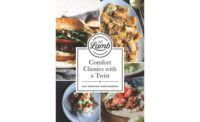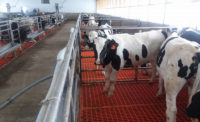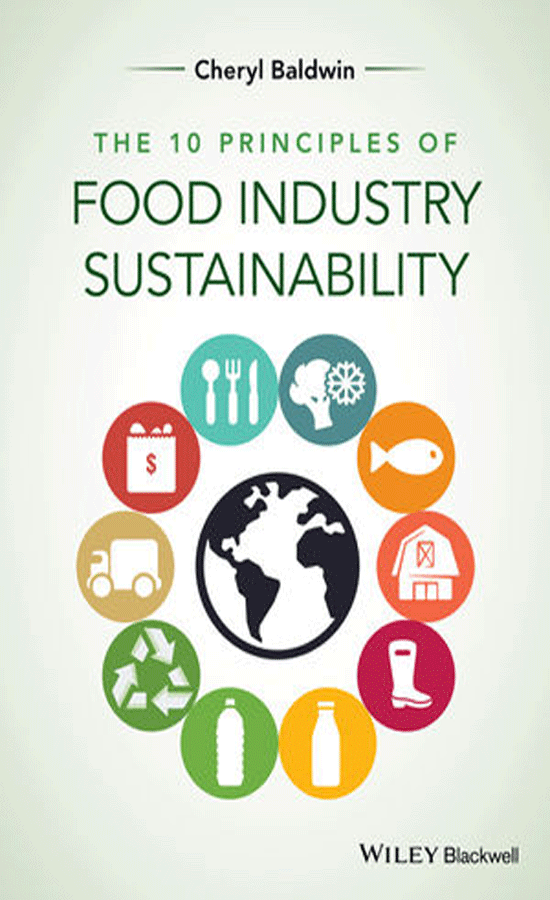When it comes to improving demand for American lamb, making decisions based on solid information is always the American Lamb Board’s (ALB) goal. Earlier this year, the board invested in a significant U.S. consumer market research study that quantifies information about U.S. consumer usage of lamb as well as their thoughts and perceptions.
There is growing interest in lamb especially among consumer segments targeted by the American Lamb Board’s communications programs (Millennials and thoughtful eaters). In addition, there are strong indications that the ALB messages are getting through to these target audiences.
Key Insights:
- The research shows the most-liked attributes of lamb are flavor, unique taste and tenderness.
- Respondents indicate price and lack of availability are the top barriers to purchasing more lamb.
- About 68 percent of respondents in 2018 indicate a preference for lamb from the United States, up from 40 percent in 2011.
- Consumer intimidation about preparing lamb is declining. In 2018, only 15 percent of respondents indicated they felt lamb was too difficult to prepare, down from 45 percent in 2011.
- Consumer interest and enjoyment in lamb is growing. In 2018, 43 percent of respondents indicate they will likely purchase lamb in the next six months, up from 30 percent in 2011. Approximately 35 percent of respondents who eat lamb said they like everything about lamb, up from 19 percent in 2011. The positive attributes of lamb outweigh the negatives for the majority of respondents.
Lamb in the meat case
The highest retail sales of lamb are in the Northeast, Southeast and California. Leg, shoulder and loin are the top-selling lamb cuts at retail (representing 67 percent of total lamb sold). As more and more consumers look for lamb and want affordable and easy-to-prepare cuts, ground lamb sales continue to grow and now represent 10 percent of total lamb dollar sales as well as pound sales at retail.
Lamb on the menu
Lamb remains a quintessential ingredient on fine-dining menus with 62 percent of all fine-dining restaurants featuring lamb. According to a recent menu report from Datassential MenuTrends, lamb is among the top seven entrée proteins on fine-dining menus. Lamb continues to be synonymous with upscale dining and offers an alternative to more common proteins.
While rack of lamb and traditional center-of-the-plate entrees top the list on fine-dining menus, lamb is being used more and more in pastas, burgers, sandwiches and appetizers. Lamb is appearing on breakfast/brunch menus, as well. Merguez, a spicy North African sausage traditionally made with lamb, is one of the fastest growing proteins on fine-dining menus, up 38 percent in 2017 as compared with 2016.
In general, lamb is becoming more approachable and being menued beyond fine dining. Based on data from 4,800 restaurants including national chains, regional chains and independent restaurants, lamb menuing is up 14 percent in the last 10 years, the Datassential MenuTrends report notes. The study also notes lamb menu penetration has shown growth in contrast to many top menued proteins, which have shown declines in recent years.
As in retail, ground lamb sales are on the rise in foodservice. This is illustrated by the growth in lamb burgers, which are found on more menus — up 275 percent in last 10 years (2008 vs. 2018). NP





